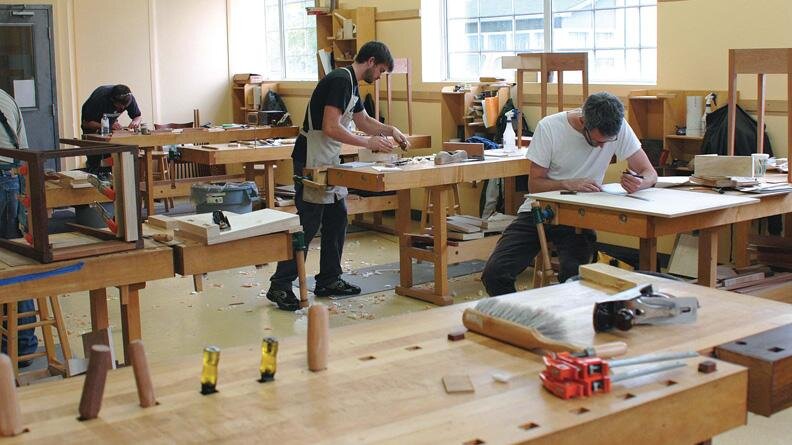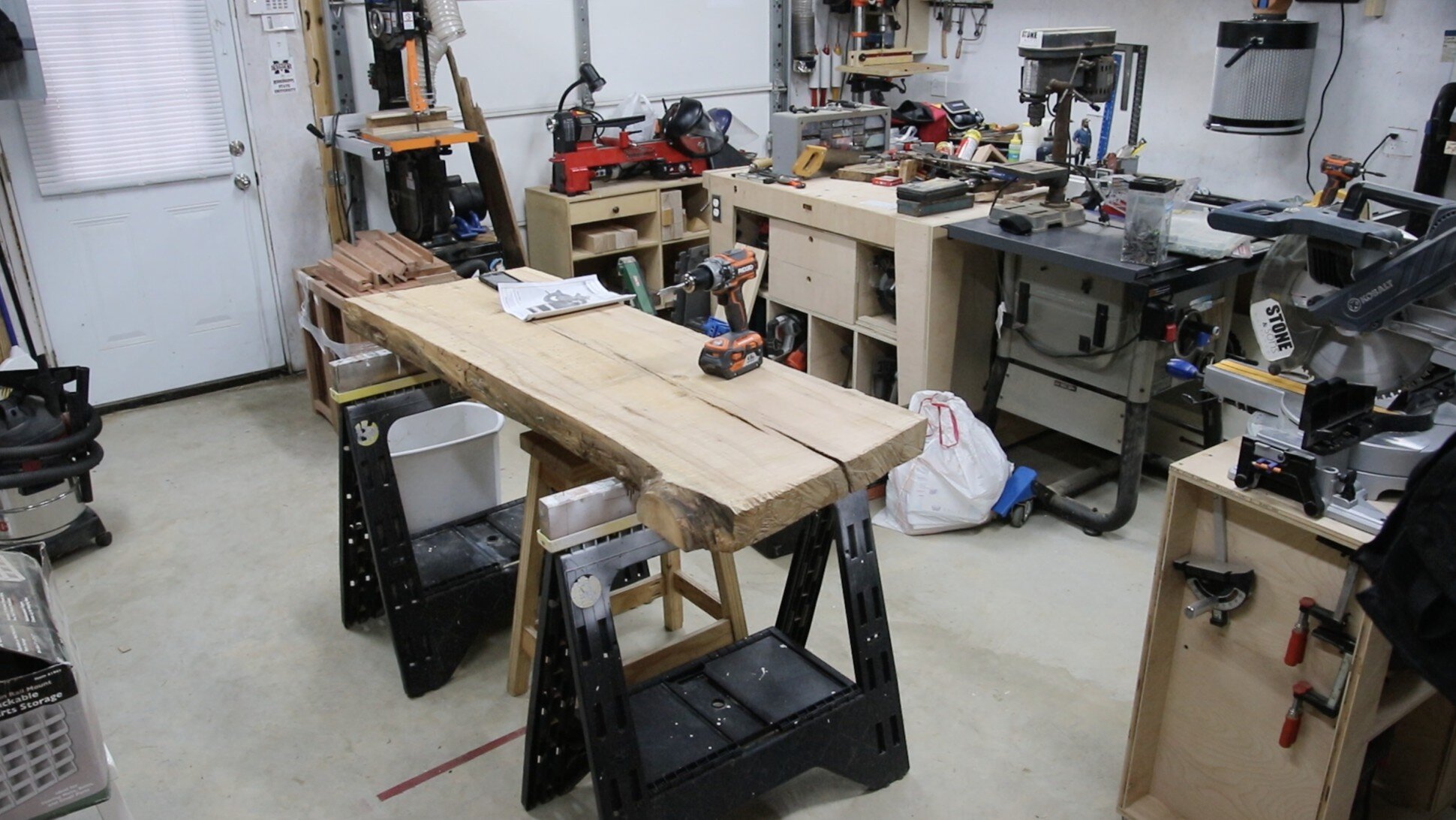Networking is Key
Most cities have a Chamber of Commerce. As an entrepreneur, it is in your interest to join your Chamber of Commerce and other merchants’ associations in your area. There you will find experienced business people who can help you to understand how the commercial rental market works, who is good to work with, and whom to avoid. Often, these people are also the first to be aware of a new space about to become available.
Pick the Right Neighborhood
It helps to drive and walk around the commercial districts of your city. See where potential competitors are located — it may help to be near your competitors so that shoppers looking for similar products to yours will see your shop. Also, think about what other products complement yours.
If you are a cabinetmaker, will your customers also be shopping for kitchen fixtures? If you make patio furniture, perhaps it would be advantageous for you to be near a nursery or garden center.
If you understand your customer base, you can leverage other businesses in the area that are likely to bring the right customers to your vicinity. It also helps to be near a major transportation route.
Of course, all this comes at a cost. The more desirable the location, the more you will be paying. Everyone likes to save money, but there is a point at which saving more will hurt you.
Customers will not want to come to a shop that is too far out of the way or in a neighborhood they perceive as dangerous. You need to factor this into your budget when searching for a location.
If you plan to locate in a rural area, it is even more important to locate on a major transportation route. In these locations, there may not be an adequate local customer base, and you will need to be visible to travelers passing through.
These need not be long-distance travelers; people from nearby cities, especially if they travel that route frequently, may consider your business to be within a reasonable distance from their homes, and come back specifically to see.
Do You Want to Work With a Broker?
This can be a good idea in many cases since a reputable broker will in turn work only with reputable landlords, and brokers have access to listing databases that can show you many more potential locations than you could find on your own, even using
Craigslist or LoopNet. A good broker also has the leverage to help you negotiate the lease terms so that you are not at the landlord’s mercy.
Of course, this, too, comes at a cost — brokers will charge 7 to 10% of the lease cost. Still, the National Association of Realtors or your state’s realtor association is a good place to look for a reputable broker.
Is This Starting to Feel Expensive?

















